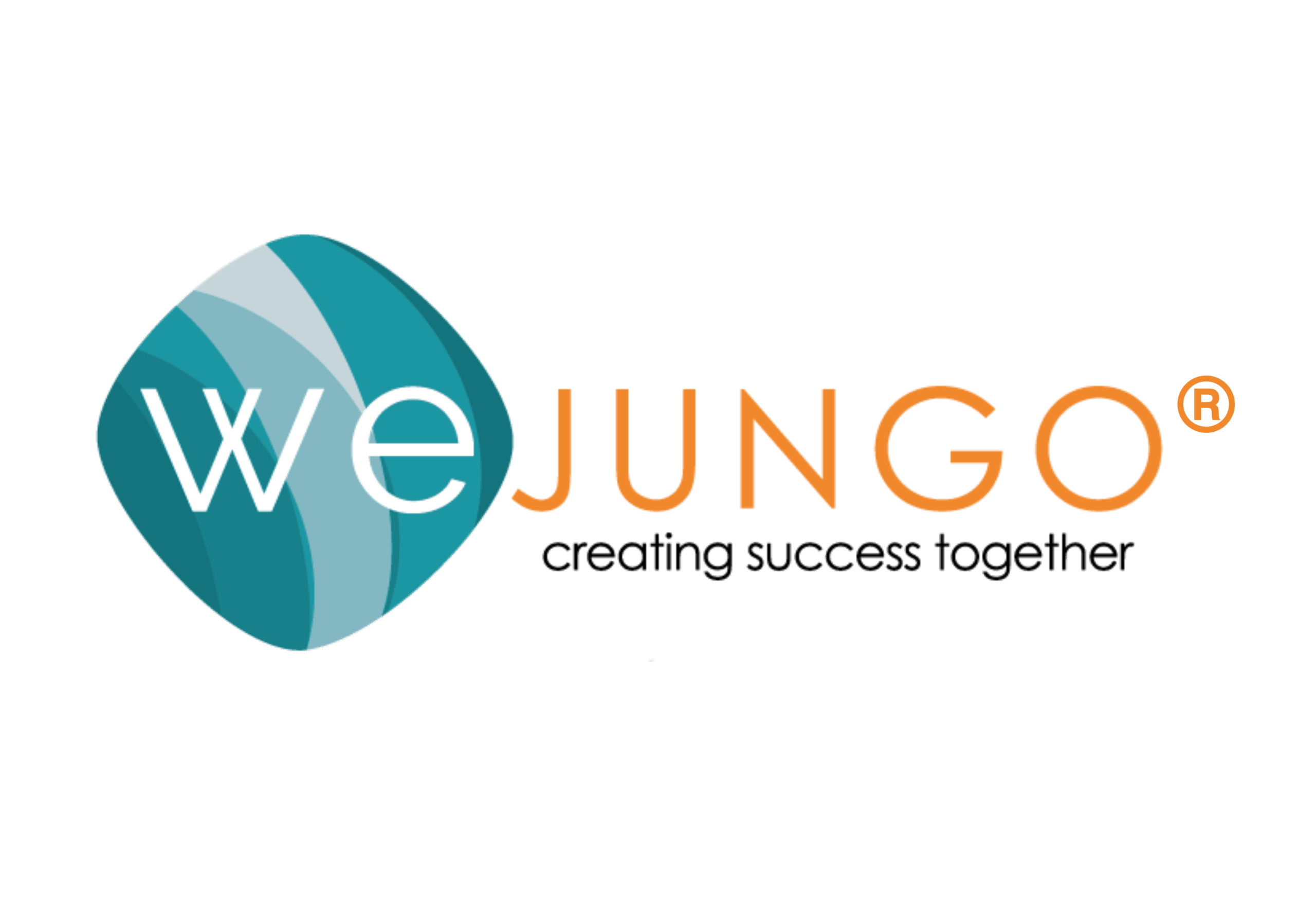Increasing Diversity in Non-Traditional Ways: Neurodiversity
As companies continue to grow and evolve, their employees need to as well. Diversity and inclusion have gained a new importance within a company’s hiring process in the past two decades or so. First starting off with a large emphasis on gender diversity, getting more women in the workplace, then shifting focus to increase diversity amongst cultural, racial, and physical aspects.
There is no doubt that diversity in the workplace has huge benefits to companies, but now how do we increase diversity even more?
Did you know that 20% of the adult population is neurodiverse? Neurodiversity is expected to take way as a new tool in increasing diversity in the workplace. Many people ask us, what is Neurodiversity?
The dictionary definition of neurodiversity is “…the range of differences in individual brain function and behavioral traits, regarded as part of normal variation in the human population (used especially in the context of autistic spectrum disorders).” While Harvard describes Neurodiversity as “…the idea that people experience and interact with the world around them in many different ways; there is no one ‘right’ way of thinking, learning, and behaving, and differences are not viewed as deficits.” Neurodiverse candidates may include people with ADHD, Autism Spectrum Disorder, dyslexia, or social anxiety disorders.
normal variation in the human population (used especially in the context of autistic spectrum disorders).” While Harvard describes Neurodiversity as “…the idea that people experience and interact with the world around them in many different ways; there is no one ‘right’ way of thinking, learning, and behaving, and differences are not viewed as deficits.” Neurodiverse candidates may include people with ADHD, Autism Spectrum Disorder, dyslexia, or social anxiety disorders.
Major companies such as Microsoft, Dell, JP Morgan, Deloitte, SAP, and IBM have already begun to make the shift into adopting new methods to access these neurodiverse candidates. In fact, they have already seen some major successes. After just four years of implementation at SAP, “…managers say they are already paying off in ways far beyond reputational enhancement. Those ways include productivity gains, quality improvement, boosts in innovative capabilities, and broad increases in employee engagement.” The managing director from HPE South Pacific said that no other initiative in his company delivers benefits at so many levels.
What are some more benefits of increasing neurodiversity in the workplace?
1. Neurodiverse candidates provide companies with the opportunity to see their business and the challenges they may face in a new light.
2. You are gaining a new perspective you wouldn’t be able to see otherwise, which herein lies the essential function of diversity in general.
3. Neurodiverse people help employees and managers become better at their job because teams are forced to understand a new set of
people, their learning styles, communication styles and in turn, learn how to manage and support them.
True story. Neurodiverse people have skills that neurotypical people don’t have. This allows them to excel in areas neurotypical people wouldn’t. For example, Natalia Gironzi is an autistic woman who works at JP Morgan Chase. She focuses on processing requests received from advisors and clients. According to this Uptimize article on neuroinclusion, “…Gironzi attributes much of her workplace success
to her autism, citing excellent memory, fast processing, and a keen eye for detail ? all traits that are extremely helpful in her current role.”
What are the challenges that will come with this culture shift?
The main challenge companies will face is adjusting their recruitment, selection, 
In the end, we’re all different in our own ways whether you are neurotypical or neurodiverse. Neurodiverse people have just as much opportunity to excel and be amazing at their jobs as neurotypical people do. It’s time to break the status quo and increase diversity in new ways! The times are changing, is your company willing to change?
Have you ever thought about increasing diversity in this way? How so? What are your ideas? Please share with us!
This blog was written by Sophie Gootter, Talent Strategy Coordinator at Wejungo.




